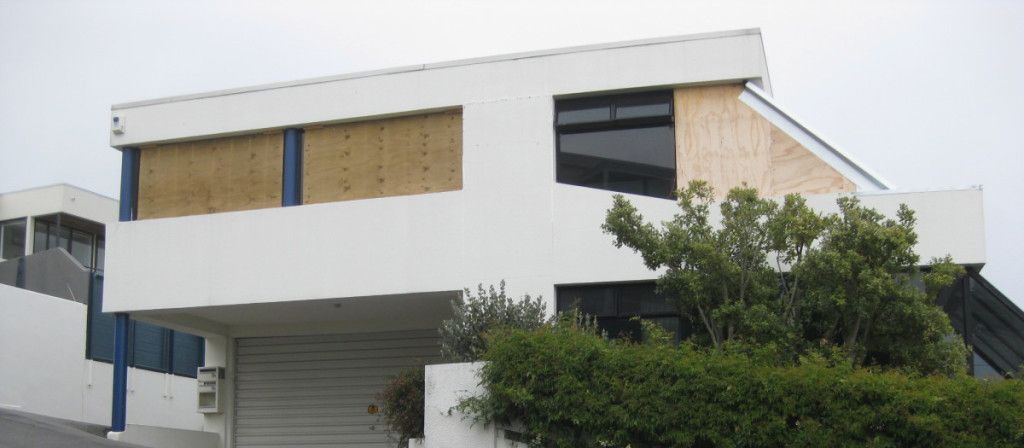Less complex homes key to earthquake survival?
01 May 2014, Industry Updates

Engineering experts from BRANZ, with research support from EQC, have launched a key research project to help improve the resilience of the types of homes that performed poorly in the Christchurch earthquakes.
” The research has been prompted by findings that less complex homes in Christchurch performed better in the quakes than those built beyond limits of NZS 3604
The research has been prompted by findings that less complex homes in Christchurch performed better in the quakes than those built beyond the limits of NZS 3604. Computer modelling will be used to assess the impact of simulated seismic action on modern homes with more complex configurations.
Bracing systems reviewed
Variation in the stiffness of the bracing systems in a house is a common occurrence in such complex homes, especially hillside houses or older houses, which have been altered to make them more open plan. The experts will examine how the bracing systems of different stiffness interact during a seismic event.
BRANZ and EQC expect the findings from the research will be used to develop new guidelines for houses built outside the scope of NZS 3604, in order to mitigate potential earthquake damage.
Common phenomenon
Project leader Angela Liu, a member of the BRANZ team which inspected residential properties for damage in Christchurch, said that one common phenomenon observed was damage at the junctions, where bracing systems or the layout of the building changed.
“We found that many older buildings, pre-NZS 3604 light timber-framed houses with small windows and smaller rooms, performed better than many modern buildings with complex seismic resisting systems,” said Ms Liu. “The team observed more severe earthquake damage in homes which often had a mixture of different seismic resisting systems, either because of the presence of bigger rooms at one end of the dwelling or larger windows included on one side for a better view.”
According to the current regulations, seismic design of buildings mainly focuses on preserving life; New Zealand’s residential houses performed very well in this regard.
“We are aiming to find better ways to improve the performance of these more complex houses,” said Ms Liu.
”We will be looking at what the action is in individual areas and the computer model will allow us to ensure all the elements of bracing work together.
“That will enable us to provide guidance around areas where engineers need to pay more attention in future designs in order to mitigate problems associated with the potential differences in stiffness between the specifically designed bracing elements and NZ 3604 bracing elements.”
Register to earn LBP Points Sign in




